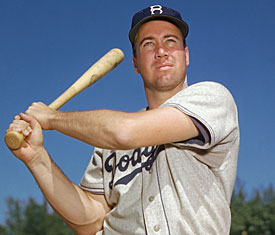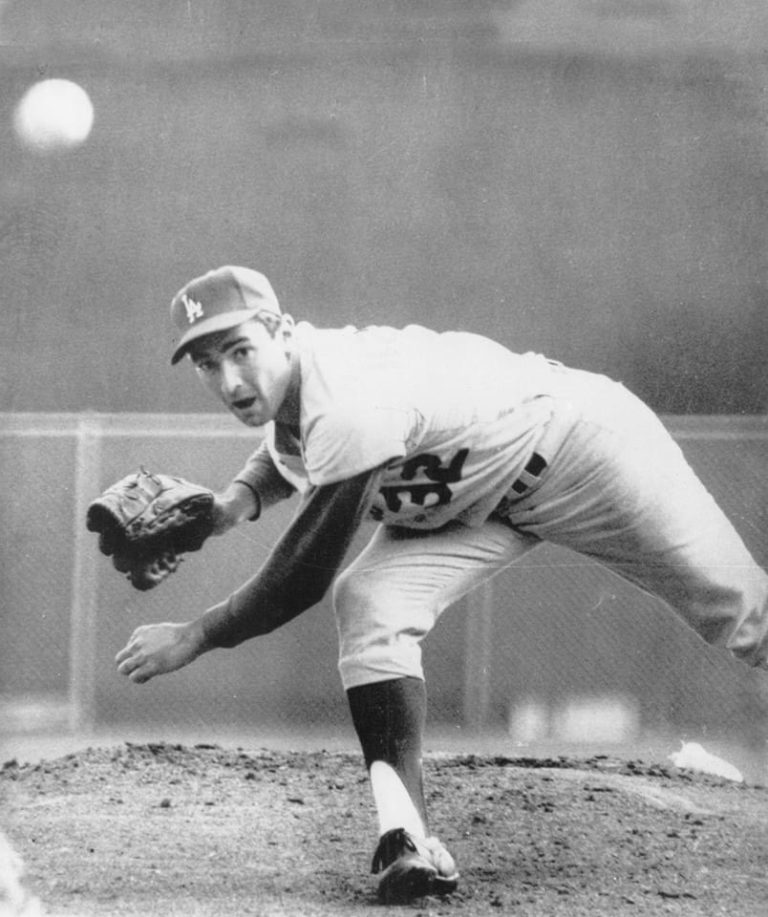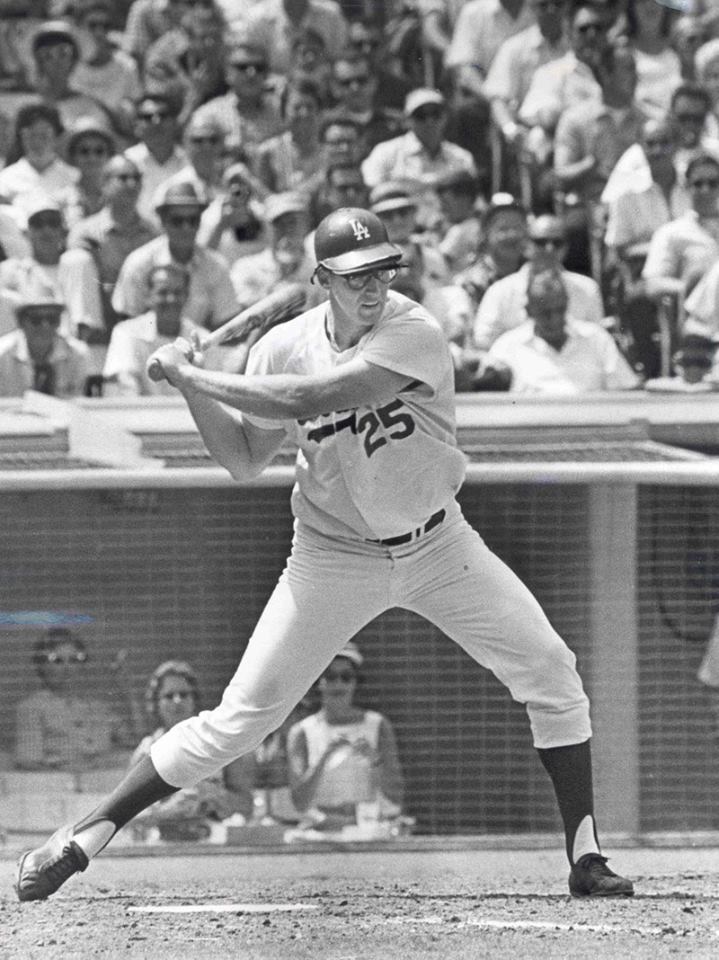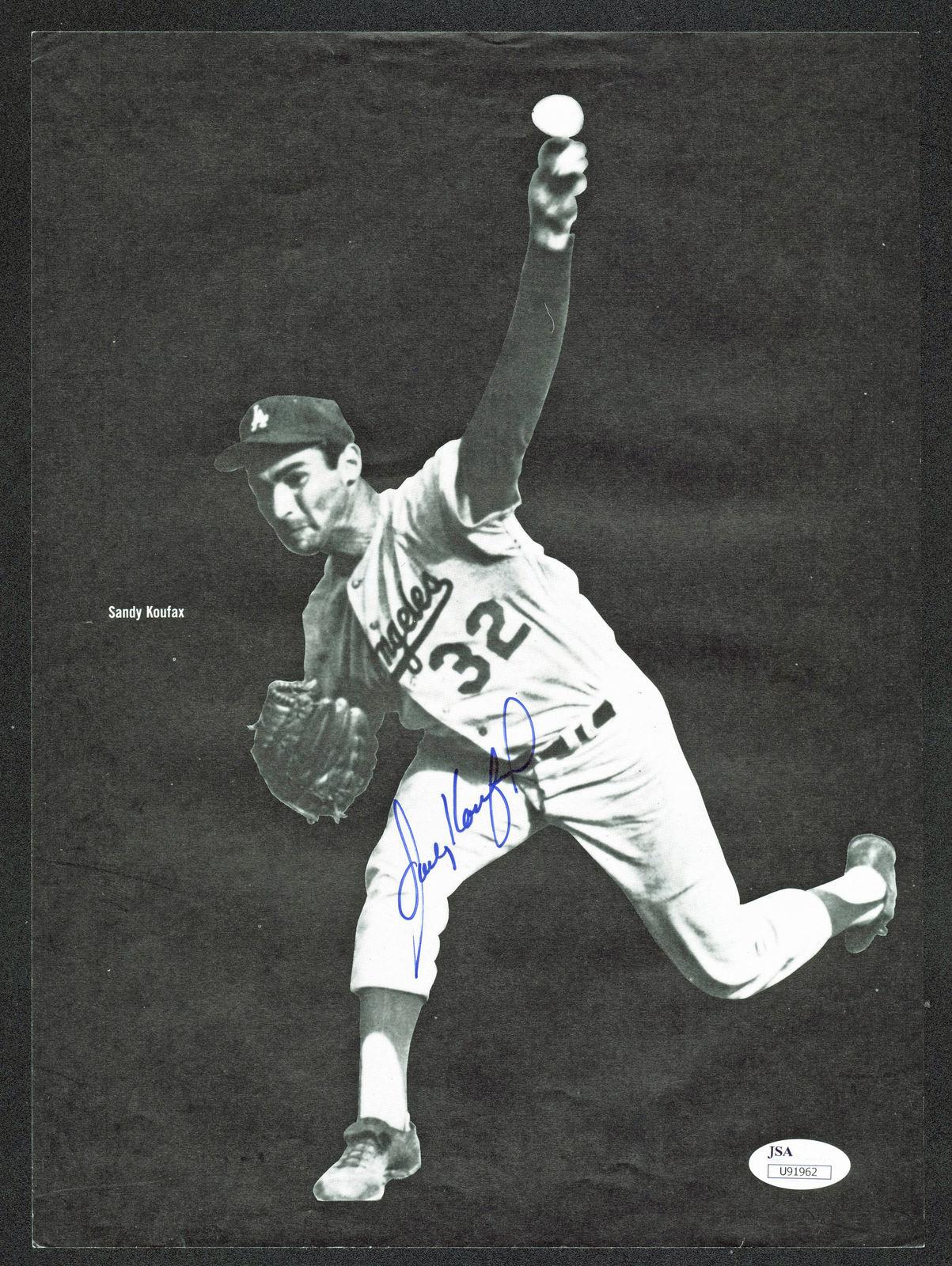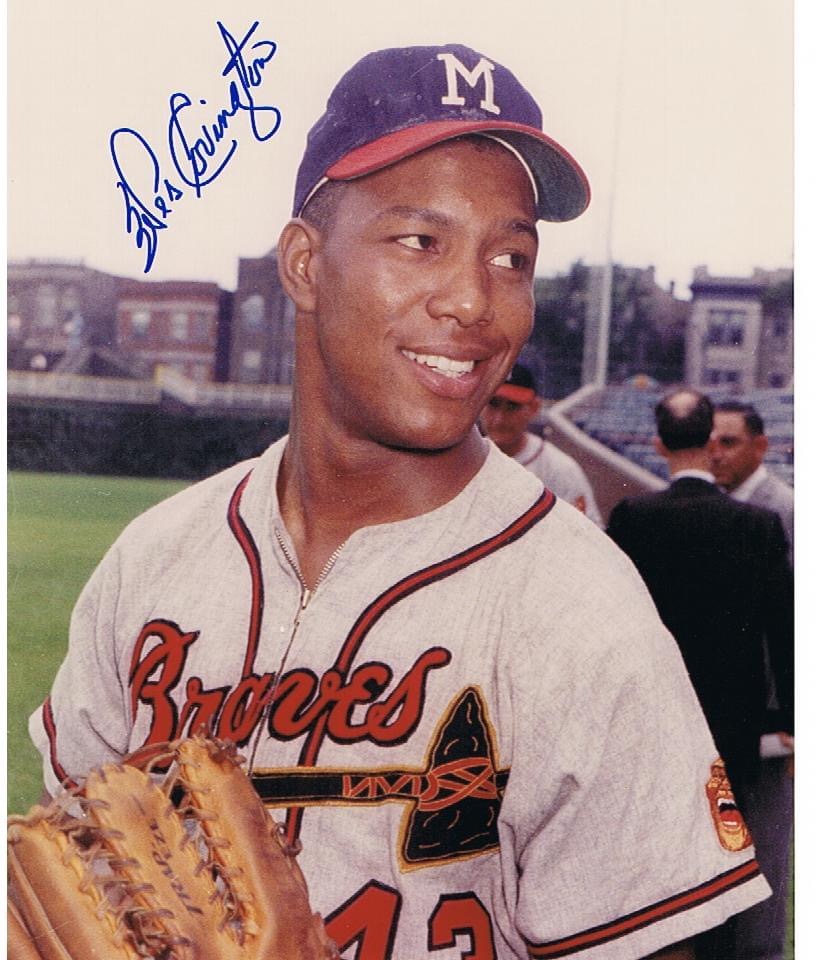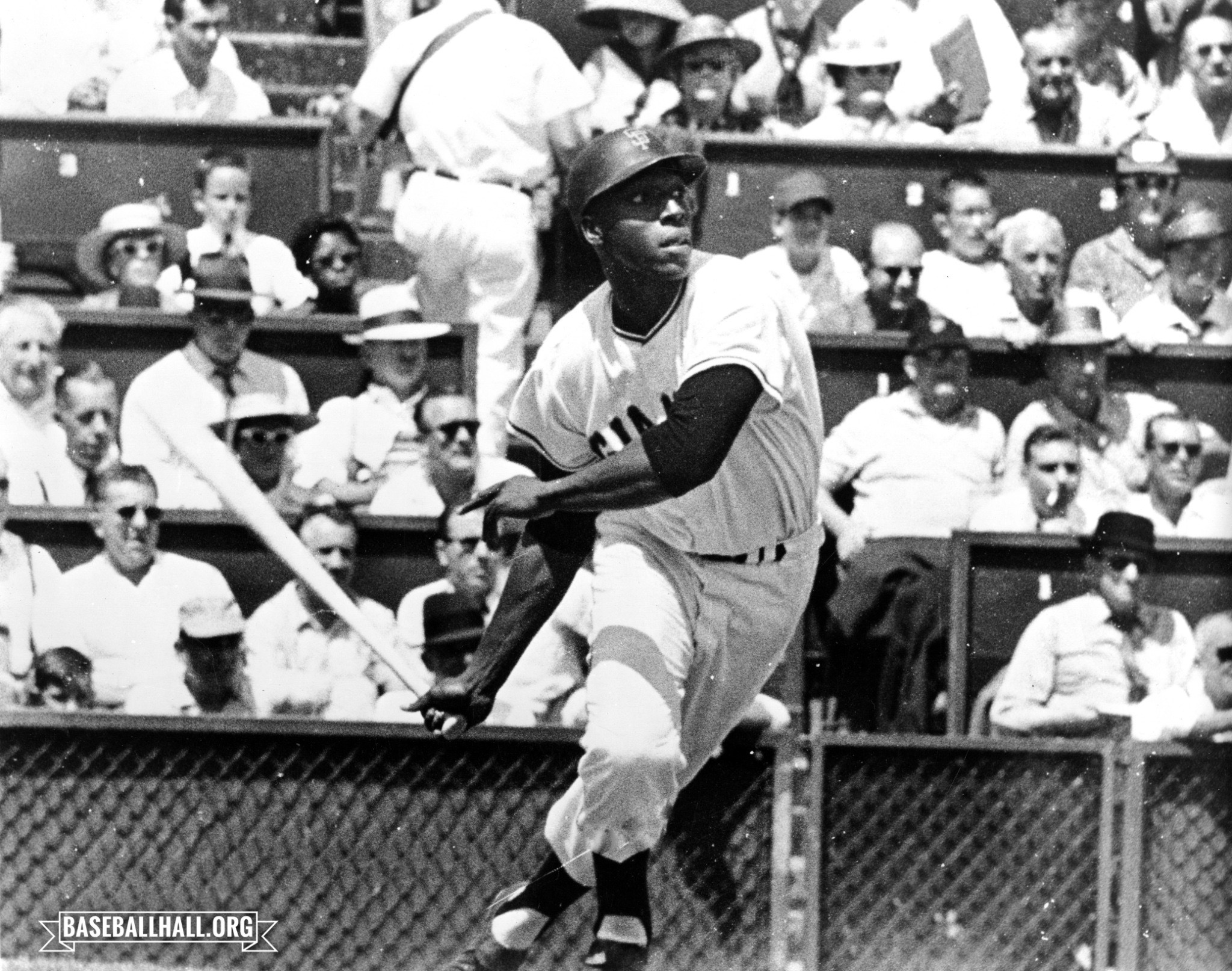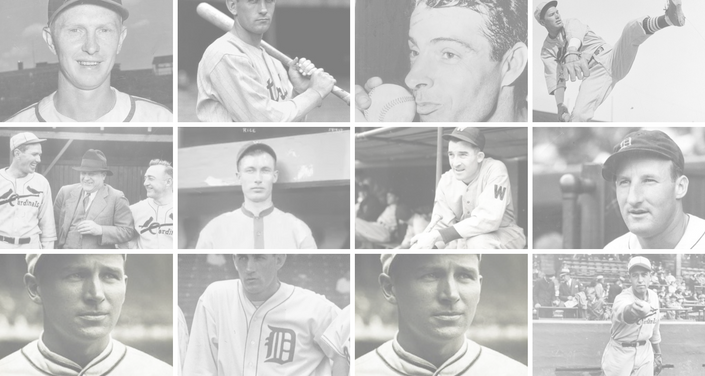1961 – Roberto Clemente’s second career home run off Sandy Koufax comes, like the first, at the Los Angeles Coliseum, a 1st-inning, bases-empty blast which gets Pittsburgh off to a quick 1 – 0 lead. Unlike the earlier Coliseum clout (his opposite-field moon shot of August 30, 1960), this one is pulled over the Coliseum’s notoriously surmountable left-field barrier. However, unlike Dodger left fielder – and left-handed hitter – Wally Moon’s stock in trade, the strategically-served pop flies derisively dubbed ‘Moon Shots’, this moon shot needs no air quotes, landing some 35 rows beyond the screen.



